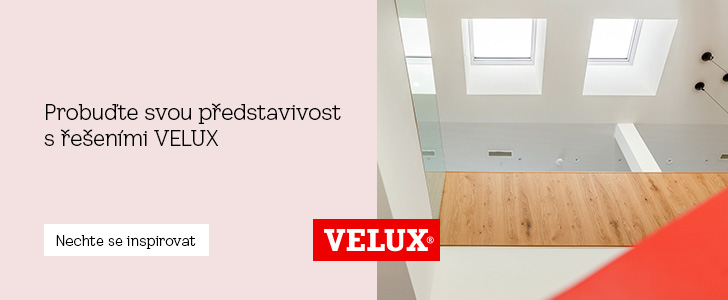
Z, S or C? How to choose the shape of the slat for outdoor blinds according to the type of house or window
External blinds are most commonly available with Z, S, or C slats, and occasionally also E or F. These slats differ in shape and properties - and are therefore suitable for different types of houses or windows. If you sometimes don't know which blinds to choose when designing houses, this article is just for you.
In any case, it holds that blinds with Z-shaped slats fit perfectly together when closed and create nearly perfect darkness in the room. Moreover, they are very wind and rain resistant (especially when guided in a guiding profile).
Z blinds are most often used on office buildings, modern family houses, and large glazed surfaces. They have a "sharper," almost technical impression. The wider Z-90 blinds stand out best on larger windows, while Z-70 does on smaller ones.
Compared to the sharper Z blinds, S slats are softer and resemble a roller blind when lowered. Therefore, we recommend them particularly for buildings with non-traditional or organic shapes with softer edges, such as rounded ones.
A very popular option is the combination of C blinds with cable guiding, where the blinds do not disturb the appearance of the building and highlight the beauty of the windows or facade.
The slats of type F blinds resemble the C slats in shape, only they are flatter and even more delicate. For this reason, they do not withstand wind as well and are often installed more in sandwich-glazed facades.
All mentioned types of blinds are manufactured in top quality by, for example, the Czech company NEVA. Its representatives will be happy to advise you if needed and consult the project with you. Just reach out to them.
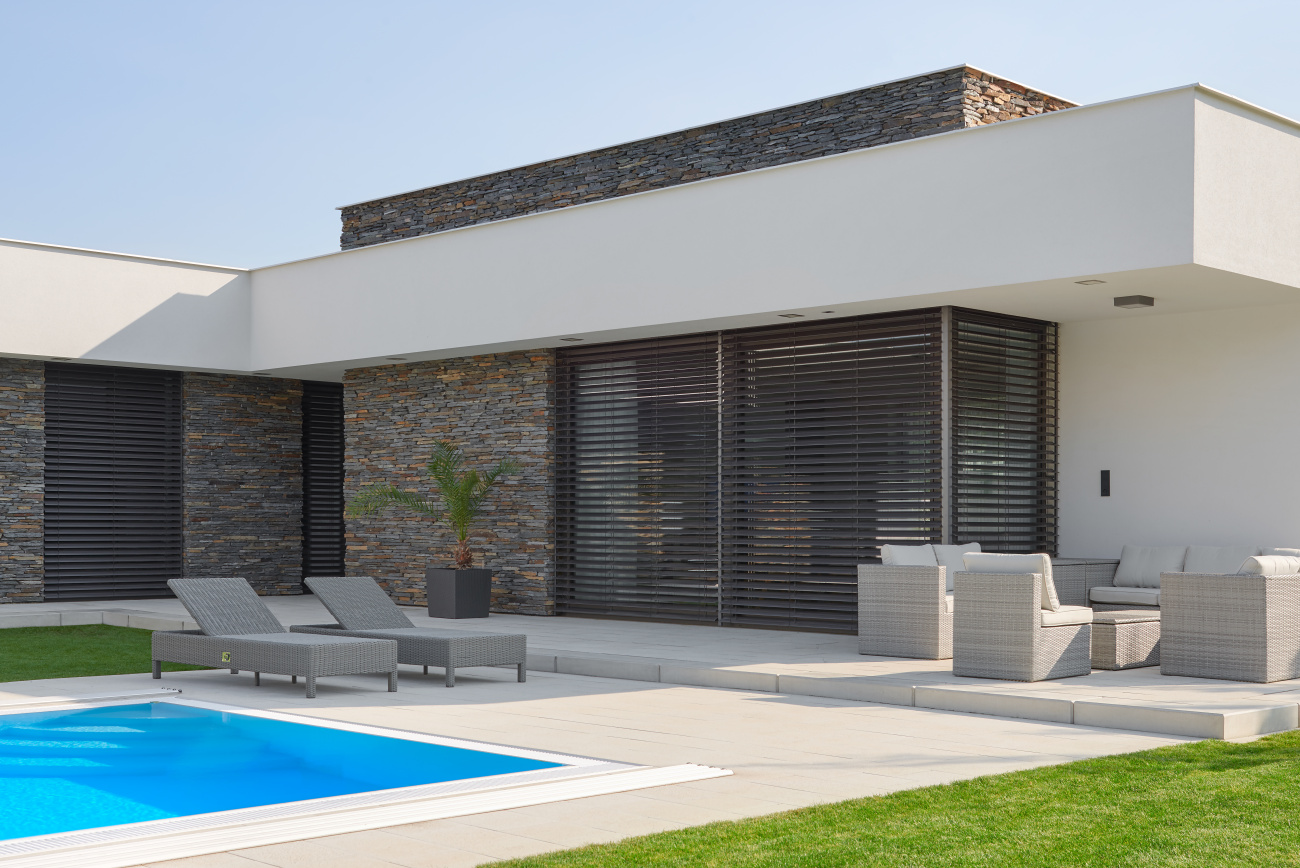 |
Z Blinds: The Most Popular Shade
The best-selling and probably the most practical are the slats in the shape of Z. Manufacturers label these blinds differently; for example, the Czech company NEVA sells them as Z-90 and Z-70 (based on the width of the slats being 90 or 70 mm, respectively), and sometimes you might also encounter the designation Zetta.In any case, it holds that blinds with Z-shaped slats fit perfectly together when closed and create nearly perfect darkness in the room. Moreover, they are very wind and rain resistant (especially when guided in a guiding profile).
Z blinds are most often used on office buildings, modern family houses, and large glazed surfaces. They have a "sharper," almost technical impression. The wider Z-90 blinds stand out best on larger windows, while Z-70 does on smaller ones.
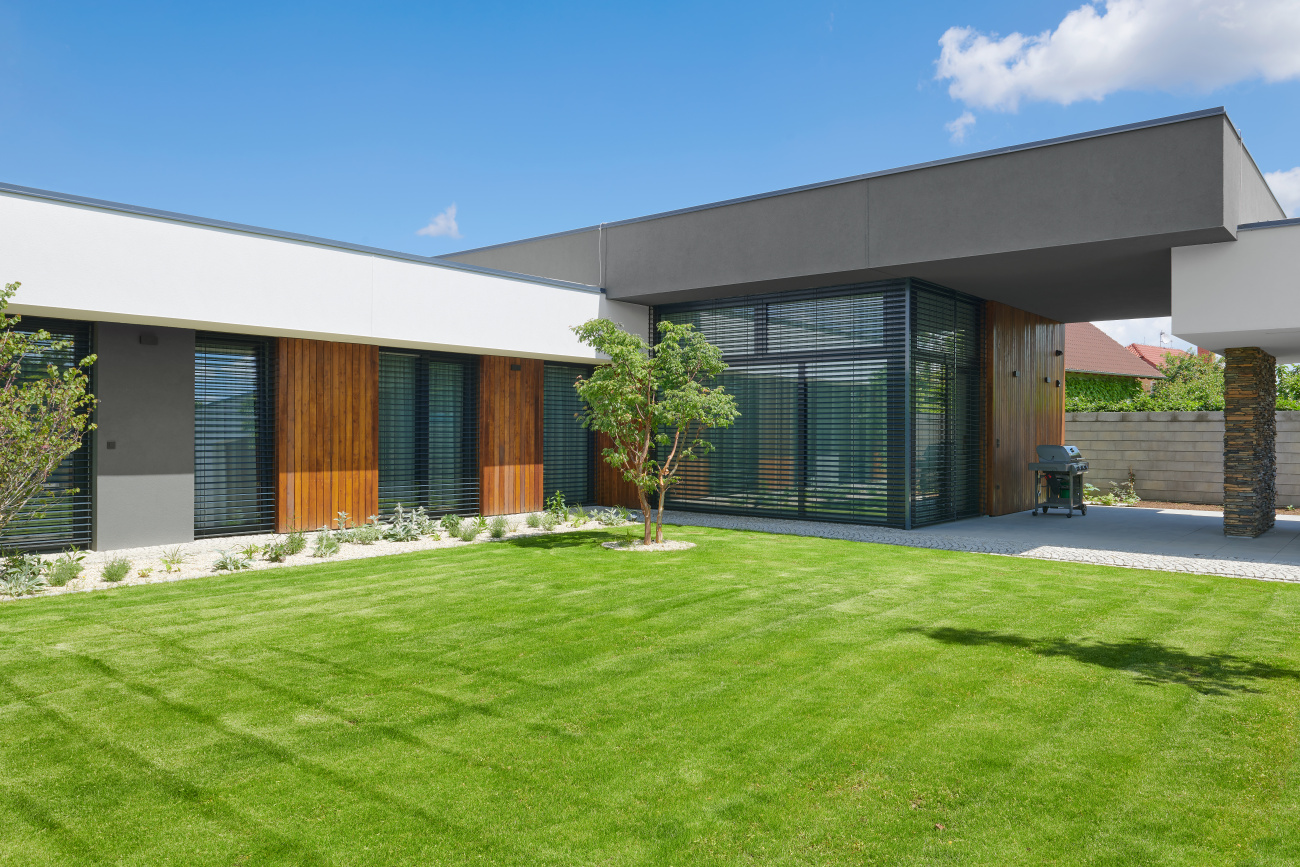 |
| The sharper design of the Z-90 blinds suits modern buildings. |
S Blinds: A Softer Variant
Blinds with S-shaped slats have similar properties to the Z slats - they fit perfectly together and provide excellent shading even during the day; these blinds are also very wind and rain resistant. Manufacturers label them, for instance, S-90 or Setta.Compared to the sharper Z blinds, S slats are softer and resemble a roller blind when lowered. Therefore, we recommend them particularly for buildings with non-traditional or organic shapes with softer edges, such as rounded ones.
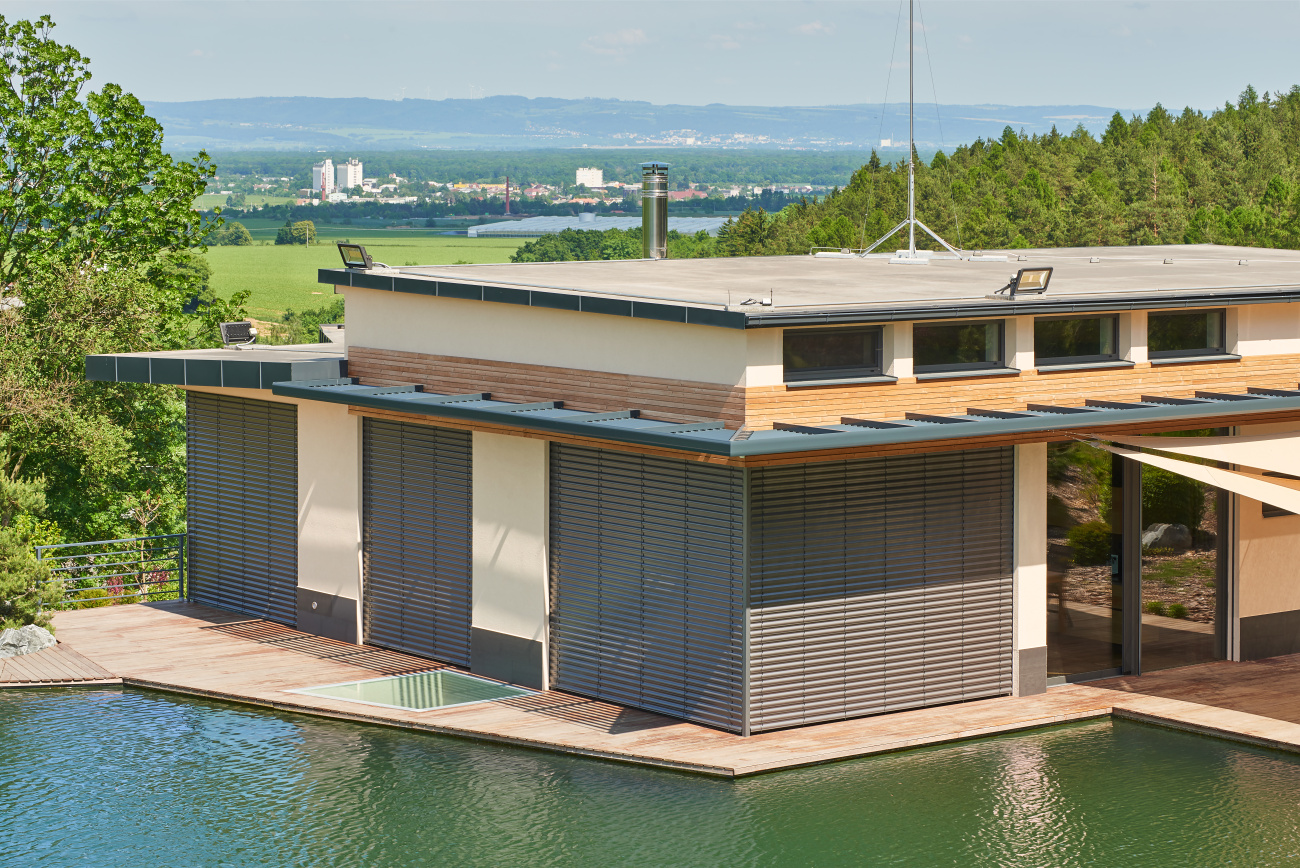 |
| Closed S-90 blinds are softer and at first glance resemble a roller blind. |
C Blinds: Tiltable Both Ways
Blinds with C-shaped slats can be fully tilted both ways (unlike Z and S). The customer can thus shade the light either down toward the floor or up toward the ceiling as needed. Manufacturers label them, for example, C-80 or Cetta.A very popular option is the combination of C blinds with cable guiding, where the blinds do not disturb the appearance of the building and highlight the beauty of the windows or facade.
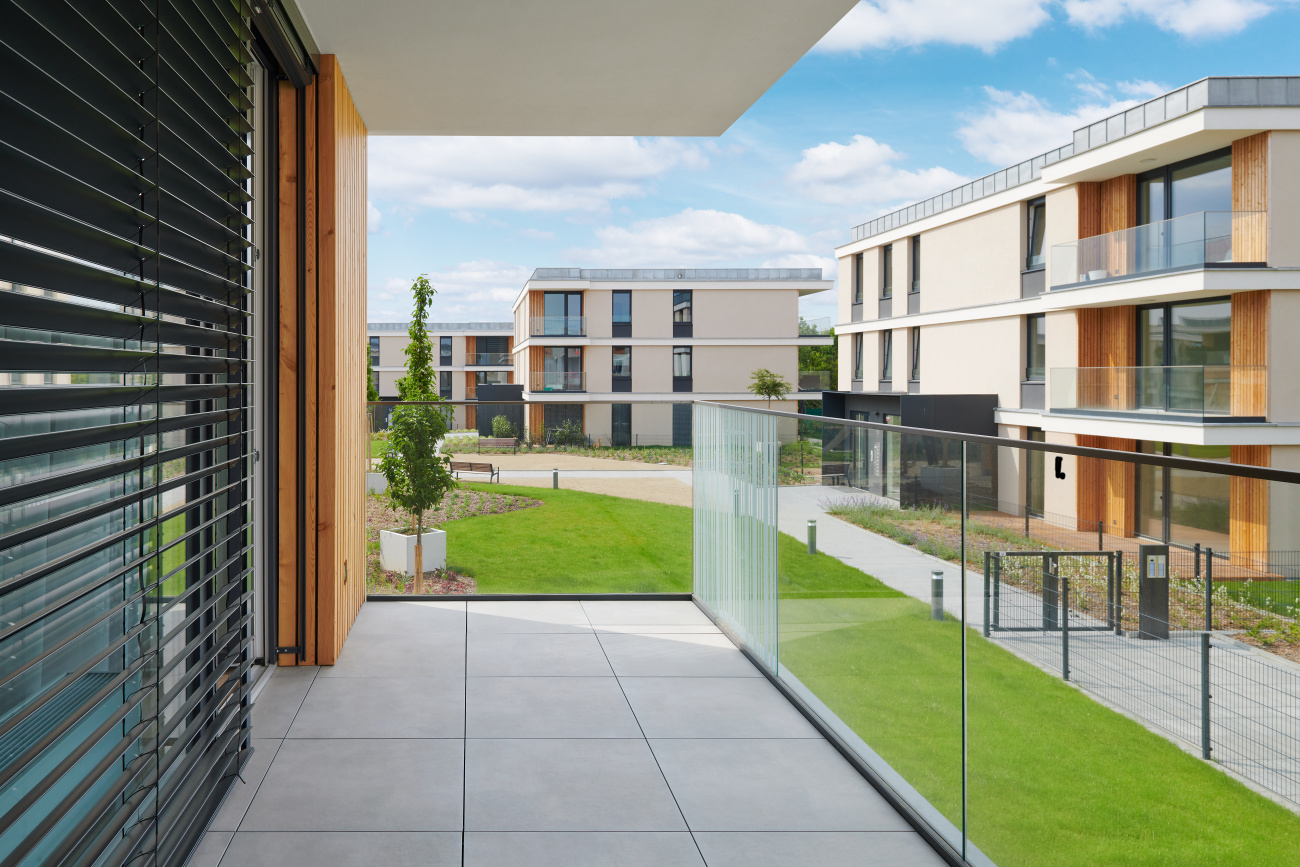 |
| C-80 blinds that can be fully tilted both ways. |
E and F Blinds: An Alternative for Specific Purposes
If you do not choose from the best-selling trio of slats, you still have the option of blinds labeled E and F. E blinds are particularly notable for being very thin, which allows for good visibility through them and makes them suitable for shading storefronts, for instance, in car dealerships. However, they are not as durable and are often installed indoors.The slats of type F blinds resemble the C slats in shape, only they are flatter and even more delicate. For this reason, they do not withstand wind as well and are often installed more in sandwich-glazed facades.
All mentioned types of blinds are manufactured in top quality by, for example, the Czech company NEVA. Its representatives will be happy to advise you if needed and consult the project with you. Just reach out to them.
The English translation is powered by AI tool. Switch to Czech to view the original text source.
Related articles
0
18.04.2021 | How does the method of installing outdoor blinds influence the appearance of the house?
0
13.02.2021 | How to design a well-cooled house even without air conditioning
0
19.11.2020 | In Malmö, a new hospital complex has been inaugurated. It considers the health of patients as well as the environment
0
02.11.2020 | Aluminum vs. wooden outdoor blinds: aluminum is more durable, while wood feels warmer
0
12.10.2020 | How do the world's sides affect the layout design of an apartment?
0
01.07.2020 | What color for outdoor blinds? Lighter shades are more practical
0
25.05.2020 | Expert advises: how to overshadow architecturally exceptional buildings
0
24.04.2020 | In the selection of blinds, the material of the facade, the shape of the house, and the connection with the interior are decisive, says architect Lánský
0
25.03.2020 | In the shadowing market, outdoor blinds dominate. The most popular are silver ones.



